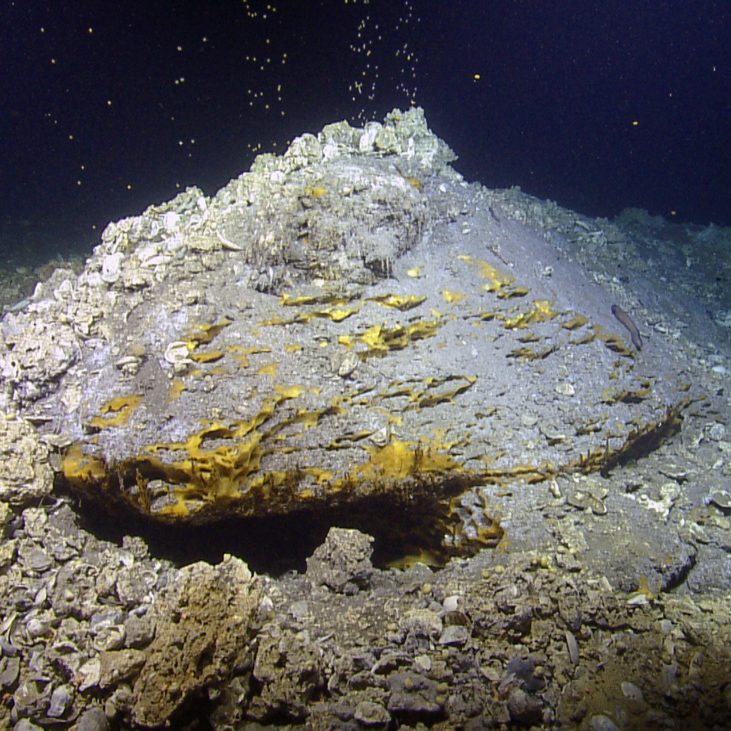Study Uses Gulf Science Data to Analyze Water Chemistry near Deepwater Horizon
Texas A&M University scientists analyzed data made publically-available by BP for 20,000+ water samples collected from 13,000 stations during and after the 2010 spill. They found that oil occurrence was patchy with only about 20% of the samples having hydrocarbon levels above pre-spill background conditions.



